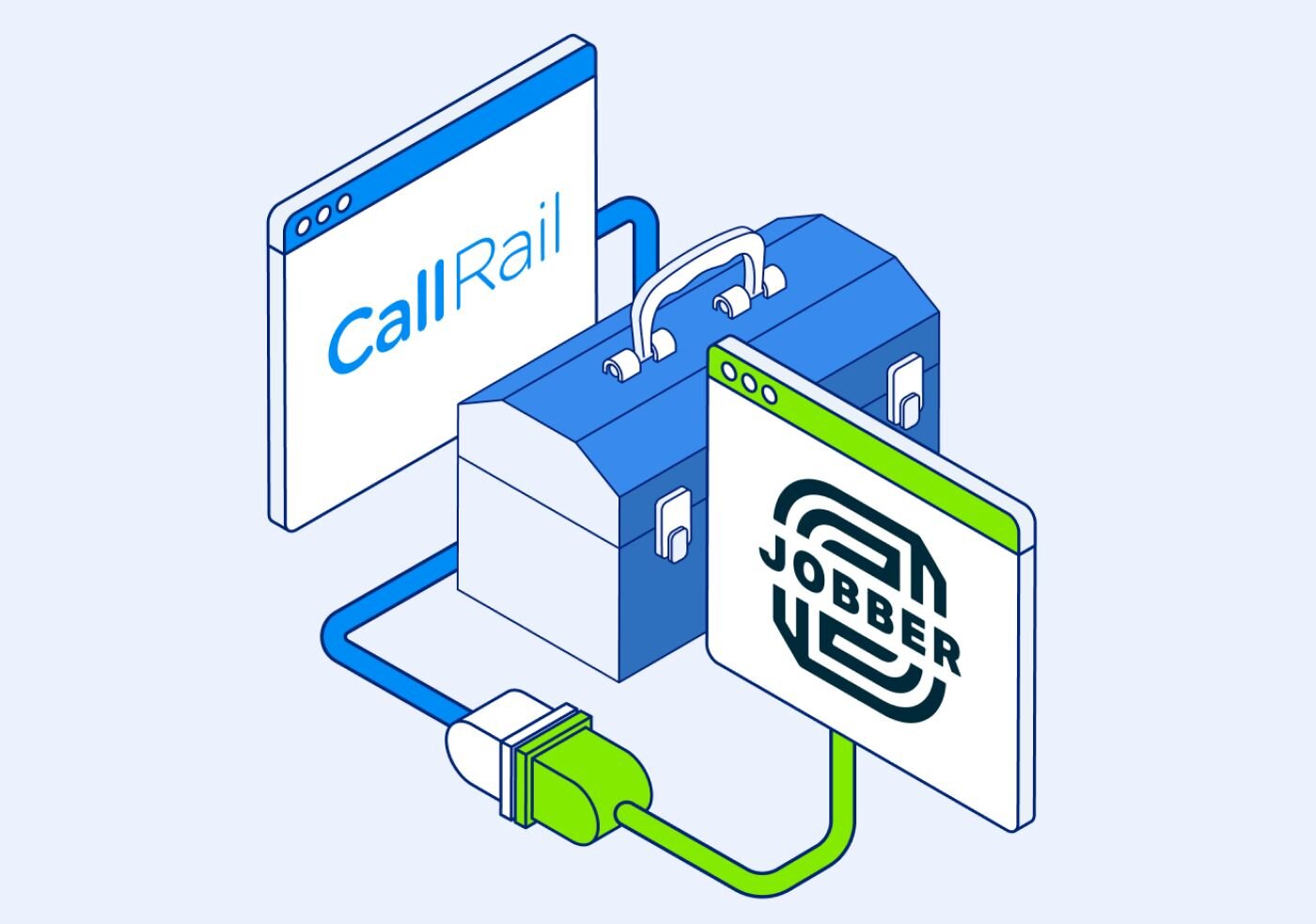Everyone wants to use technology to make business operations as efficient and effective as possible. The more efficient your business is, the more time you have to grow, market, and sell your product — which means more money in everyone’s pockets. But adding efficiencies and effecting change at your company is often much easier said than done.
How do you get from where you are now to where you want to be, using new technology that improves your business? That depends on the problem you’re facing, the team you’re working with, and the timeline you have in place.
If you aren’t sure what change might look like for your business, let’s talk through a couple examples. Two common technology changes we see with our customers on a daily basis here at CallRail are:
- Tracking offline activities like phone calls in addition to digital ad clicks, website visits, or form fills
- Moving from cell phones or desk phones to a softphone so you can call and text customers and prospects on your computer
With both of these changes, you’re able to share access to all customer communications with everyone at your business — that fact on its own can be a huge difference for your team to manage.
As daunting as changing your operations might seem, it can be done! You don’t need to be the CEO to effect change at your organization, you just need an action plan and anticipated, measurable impact.
Whether you are a marketer, sales team lead, business owner, or agency that advises on technology solutions, here are the four steps you should take to lead technology change at your company or your client’s company.
1. Define the problem and its possible solutions.
What problem are you looking to solve, and is there more than one feasible solution?
Stating the problem, its impact, and any thought-out solutions and changes will help you gain buy-in with others at your company. And remember — you’ll need buy-in at the executive level to help with any funding or purchasing of new products in addition to buy-in from your teammates to help with making any change.
Let’s use our examples from earlier on moving from desk phones to a softphone.
Problem: Employees are tied to their desks when communicating with customers and they only have the ability to call them. Many employees have stated it would be easier for them to meet quotas and sell more if they could text customers in addition to calling, and if they could contact customers from their computer when they’re on-the-go or working from home.
Solution: Purchase and implement a softphone, VoIP solution for the entire company. This will allow employees to contact customers through multiple channels from their computers. Plus, if a tool like CallRail is chosen, our company can start tracking offline activities such as phone calls in addition to online activity like website visits or chat bot interactions.
2. Calculate the ROI for your intended change.
Next up, it’s imperative to calculate the return on investment (ROI). You can define this a few different ways — in dollars, new customers, retention of existing customers, or even something like win rate or conversion rate.
Don’t forget: You can measure ROI by calculating time saved as well. There’s a ton of value in saving your team and customers time and effort with automated, easy-to-use tools like CallRail.
"We use CallRail because it's the easiest solution and we're able to get more done with the same amount of people. That's my return on investment."
- Chris Berg, Screen Medic
Don’t be afraid to take a look at the cost of inaction, too. Calculate the cost of neglecting to make your proposed change in time saved, dollars, conversion rate, and so on. Sometimes, this can be even more impactful to leadership and stakeholders than positive ROI impacts.
3. Socialize your findings.
When you’ve organized the why, when, and how of any technology change, it’s time to share your findings and proposals with the greater company. You’ll need to identify everyone who:
- Needs to give ultimate approval and sign off
- Benefits from this change across the company
- Acts as additional stakeholders whose work might be impacted by this change
Be sure to meet with all approvers and stakeholders to pitch the idea and truly listen to their responses. Two or more minds are always better than one — they’ll likely think of another issue or solution you didn’t, and you can create a final plan with that knowledge in mind.
4. Set a timeline for action.
Once you’ve gotten buy-in for your proposed technology change and have your core team in place, set a timeline — one that’s realistic, but aims to deliver results for your company or team objectives within a reasonable period of time. You won’t get everything done at once, so be sure to identify milestones throughout.
Don’t jump headfirst into a new tool or solution. Do your research and start a pilot project or two to try out the technology. Look for solutions that offer free trial periods, like CallRail, for your entire team to test the technology. Watch out for those that require a credit card or require a long-term contract up front, as those are easy to lose track of.
Check in regularly with your stakeholders on how things are going. How are they feeling about the new solution? Do they have any reservations or ideas to make things even better? Learn from their experiences and iterate as you go.
Don’t forget to take a look at your metrics to be sure your change had an impact in the areas you wanted it to. Conversion rate going up? Awesome. Number of customers in contact with your business daily going down? Not so awesome. Use these metrics in addition to your stakeholders’ personal experiences to decide on next steps.
Make change effectively at your company with CallRail
Get started with leading technology change at your company — it doesn’t have to be difficult. Try CallRail for free today.










